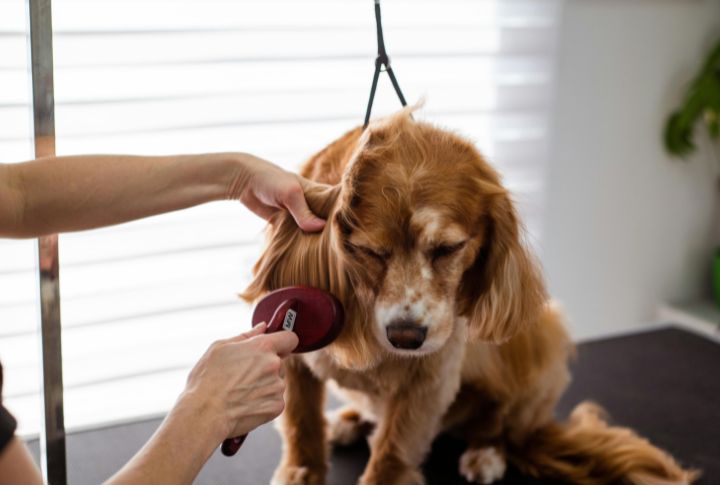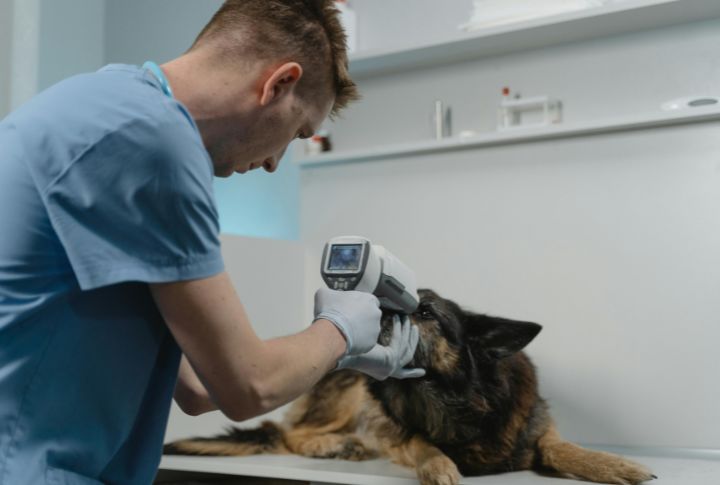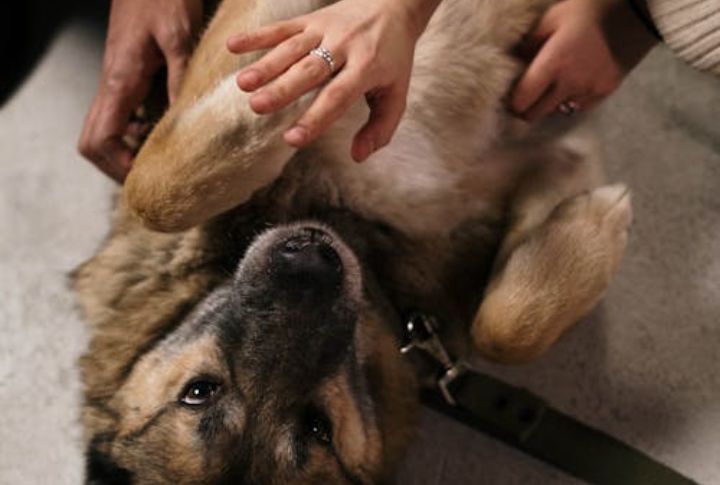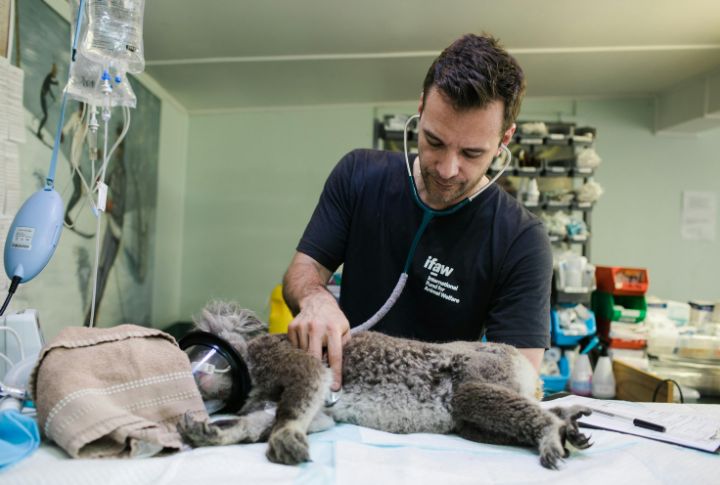15 Budget-Friendly Tips Every Dog Owner Should Know

Owning a dog can get expensive if you don’t watch where your money goes. Food, vet bills, toys, and grooming all add up quickly. With the right approach, you can still provide great care while managing your budget effectively. Here are 15 ways to save money while keeping your dog healthy and happy.
Buy Dog Food in Bulk

One of the easiest ways to cut costs on dog care is by purchasing food in bulk. When you buy larger bags or containers, you often pay a lower price per pound compared to smaller packages. Many reputable brands offer bulk sizes, which means you can still give your dog high-quality nutrition while saving money.
Make Your Own Dog Treats

Dog treats are a regular expense, and store-bought versions can be pricey—especially if you’re buying organic or grain-free options. A cost-effective and healthier alternative is making your dog treats at home. Ingredients like pumpkin, oats, and peanut butter (make sure it’s free of xylitol, which is harmful to dogs) can create nutritious snacks for your dog.
Schedule Regular Vet Check-Ups

Preventive care is important to keep your dog healthy—and it’s a money-saver in the long run. Regular vet check-ups can catch health problems early before they develop into more serious (and expensive) conditions. For example, routine dental cleaning is far less expensive than treating periodontal disease.
Invest in Pet Insurance

While insurance does come with a monthly premium, it can save you a fortune if your dog faces an unexpected illness or injury. Emergency care can easily cost hundreds of dollars. Pet insurance helps cover these costs, depending on your plan, so you don’t have to worry about choosing between your finances and your dog’s health.
Make DIY Dog Toys

Dogs love toys, but pet stores often charge a premium for them. Instead, create your own toys using everyday household items. For example, old t-shirts can be braided into tug-of-war ropes, and a tennis ball tucked inside a sock can make a fun fetch toy. You can fill an empty water bottle with kibble for a cheap and easy interactive puzzle.
Groom Your Dog at Home

Professional grooming services, especially for dogs with long or high-maintenance coats, can add up over time. Learning to groom your pet dog at home can save hundreds of dollars a year. Basic grooming tasks like brushing, nail trimming, and bathing are easy to master with a little practice and the right tools.
Take Multi-Pet Discounts at the Vet

If you have more than one dog, ask your vet if they offer multi-pet discounts. Many veterinary clinics provide discounts when you bring multiple pets in for care during the same visit. This could apply to routine check-ups, vaccinations, or wellness services. These bundled services can significantly reduce the overall cost of vet care.
Use Natural Remedies

Flea and tick preventatives are necessary for your dog’s health, but the cost can add up. Natural, budget-friendly alternatives can be just as effective in repelling these pests. Essential oils, when properly diluted, can act as flea deterrents. Additionally, regularly washing your dog’s bedding can help reduce the likelihood of infestations.
Buy Medications Online

Always make sure the pharmacy is licensed and reputable before purchasing. Many online retailers require a prescription from your vet but offer competitive pricing on common medications like heartworm prevention, flea treatments, and joint supplements. Look for discount codes or subscribe-and-save options for regular medication orders.
Mental Stimulation Prevents Behavior Issues

Keeping your dog mentally engaged can help prevent costly behavioral problems, such as chewing on furniture or digging in the yard. Dogs with higher energy are more likely to exhibit destructive behaviors, which can lead to expensive repairs or replacements for the owner.
Spay/Neuter to Avoid Medical Complications

When you spay your dog, it helps control the population and could also prevent costly medical conditions down the line. For example, spaying a female dog before her initial heat cycle greatly reduces the risk of uterine infections, while neutering male dogs prevents testicular cancer.
Utilize Low-Cost Vaccination Clinics

Many communities offer low-cost vaccination clinics at shelters, pet stores, or pop-up events. These clinics often provide vaccines at a fraction of the cost charged at regular veterinary offices. Follow your local shelter or humane society on social media to stay updated on upcoming low-cost vaccination events.
Invest in Durable Items

While it may seem cheaper to buy budget items for your dog, investing in high-quality products—such as a sturdy leash, harness, or bed—can save you more in the long run. These items are less likely to break or wear out quickly, which means you won’t have to replace them as often.
Practice Portion Control

Overfeeding your dog not only leads to obesity-related health problems but also increases the amount of food you need to buy. Follow your vet’s guidelines for appropriate portion sizes based on your dog’s size, breed, and activity level. Using a measuring cup for every meal can help you avoid overfeeding and stretch your dog food budget further.
Adopt From a Shelter

The cost of adopting a dog from a shelter is usually less than buying one from a breeder, and it usually comes with additional benefits. While purebred dogs from breeders can be costly, shelter dogs—whether mixed breeds or purebreds—are more budget-friendly options, and you’re giving a dog in need a loving home.





